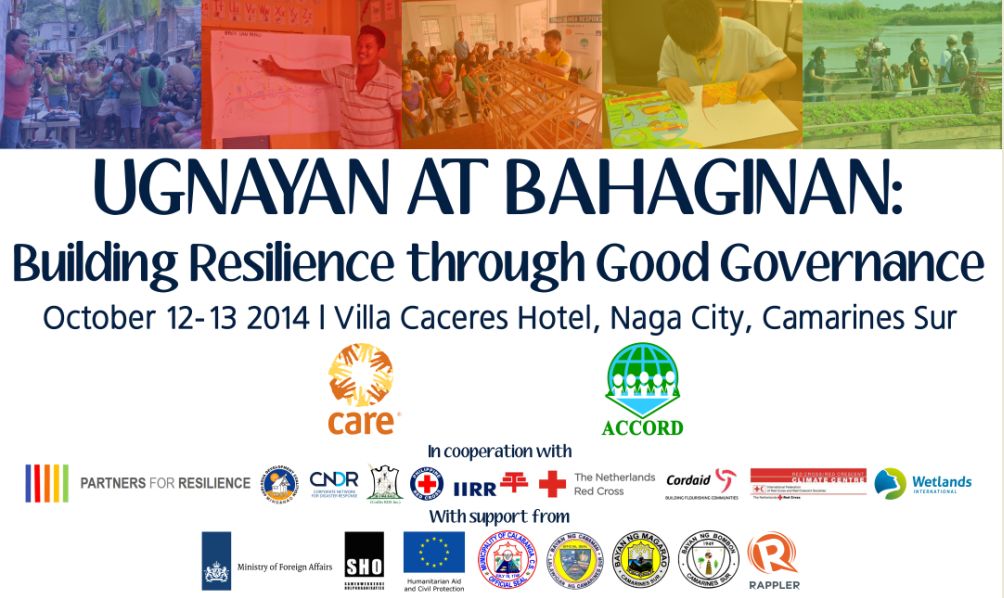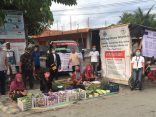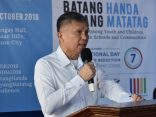The conference provides a venue for learning how at-risk communities can start the process of doing DRR and ecosystem restoration while considering climate projections and the possibility of extreme weather events, and how these efforts can be sustained using their own resources. This event aims to show that climate-smart and ecosystem-based disaster risk reduction (DRR-CCA-EMR) cannot be done by a single entity or municipality. Necessary links have to be established with other contingent municipalities who are equally at-risk.
This conference hopes to help forge better-prepared communities that can face future disasters with less fear and more resilience. The activity will be done on October 12-13, 2014, in line with the observance of the United Nation’s International Day of Disaster Reduction.
Objectives
At the end of the 2-day conference, the participants must be able to
-
explain how DRR-CCA-EMR can be done in respective high-risk areas, citing examples of how they were undertaken
-
discuss how DRR-CCA-EMR programs can be sustained using their own resources
-
link their respective efforts with other similar-minded, high-risk local government units (LGUs) and other support groups, especially with stakeholders belonging to the common riverbasin or watershed area;
-
present their initiatives with relevant government line agencies and get their commitment to support these efforts.
Methodology
The conference will have three parts – a pre-conference gathering, a field visit and the conference proper.
Part One will be the pre-conference activity. The four host LGUs in Camarines Sur will have a meeting to review the process that they went through and how they are sustaining their efforts so that they can present their story to a larger community.
Part Two will be a field visit to areas where DRR-CCA-EMR actions were undertaken. Barangay Cagsao, Calabanga, where small-scale mitigation projects were implemented and sustained, will be one of the two sites. Another community in Magarao will share how preparedness helped them to better manage emergencies like Typhoon Glenda. A debriefing will cap part two of the conference.
Part Three or the conference proper will have plenary and concurrent sessions where more illustrations of mainstreaming DRR-CCA and EMR will be presented. PDF versions of the presentations are available here. To conclude the conference, a synthesis of lessons learnt and a unity statement from the participants, indicating the next steps to be taken in their respective areas, will be presented.
News Clippings
Short DRR Case Studies
The story of Sitio Mangagew in the Cordillera region shows how scientific data can be used in conjunction with indigenous knowledge and practices to build safer and resilient communities.
Coordinated action by the various Tullahan River stakeholders, to address common risks brought on by the yearly flooding, is imperative, feasible, and will continue despite challenges.
The teachers and the whole community of Talacogon in Agusan del Sur have not only adapted to the challenges of living in an area flooded for at least three months in a year, but have continued to thrive.
The community of Barangay Langaon in Bukidnon have demonstrated that repairing bridges and strengthening resilience is achievable once they set their minds on it.
Written from the monitoring and evaluation (M&E) perspective, the article aims to illustrate that issues of resilience and governance are intimately bound, and that M&E efforts contribute to the institutionalization of best practices in both.
Other Content



